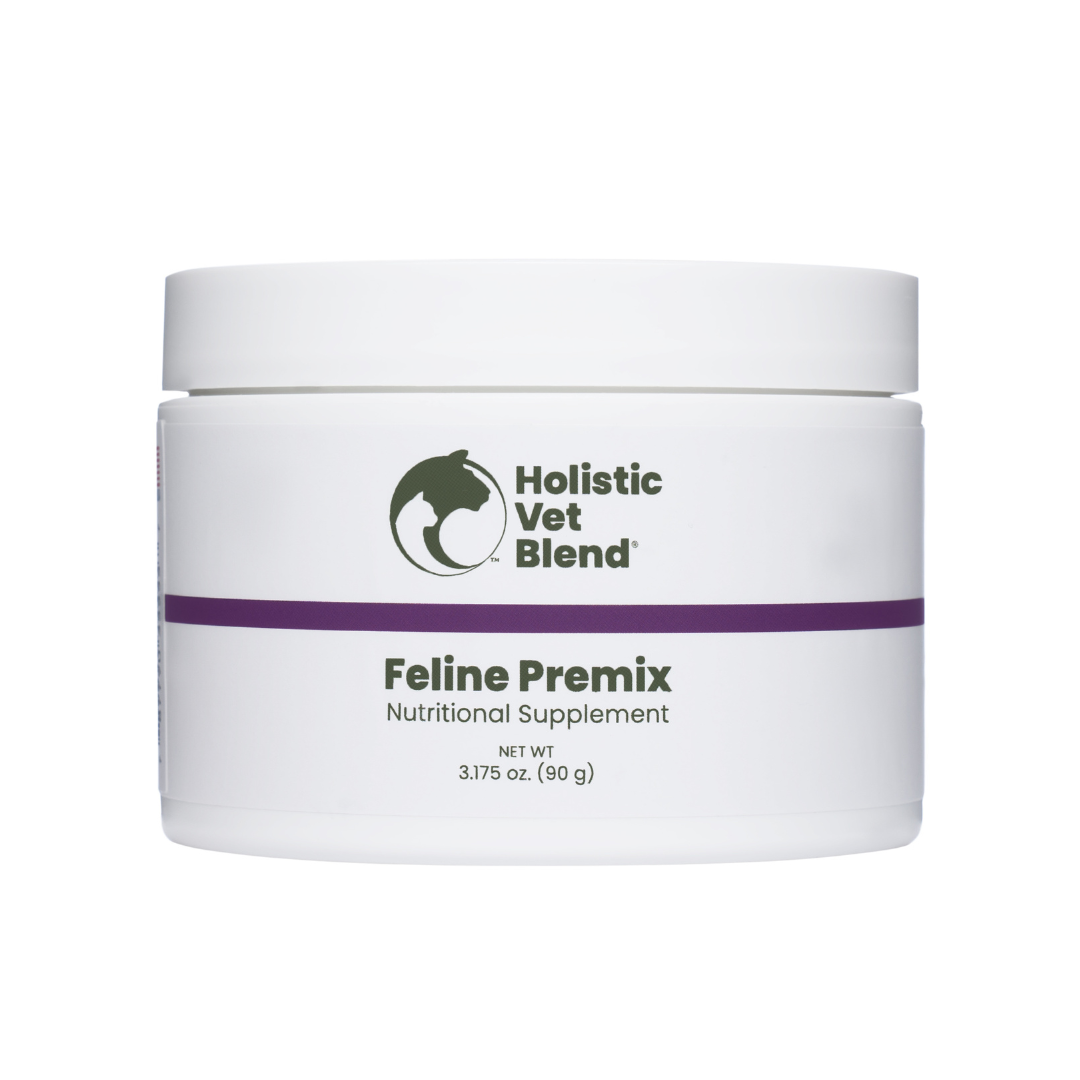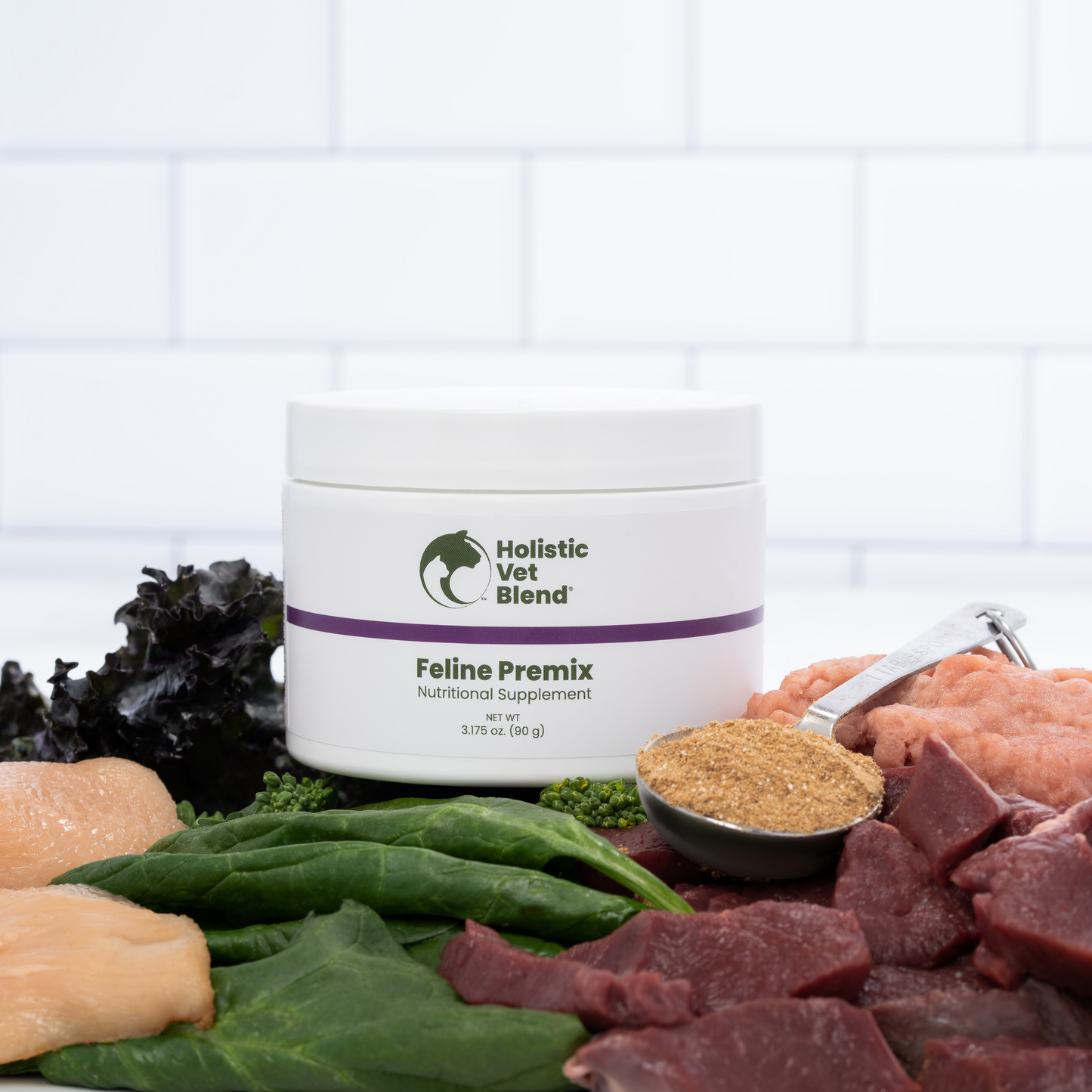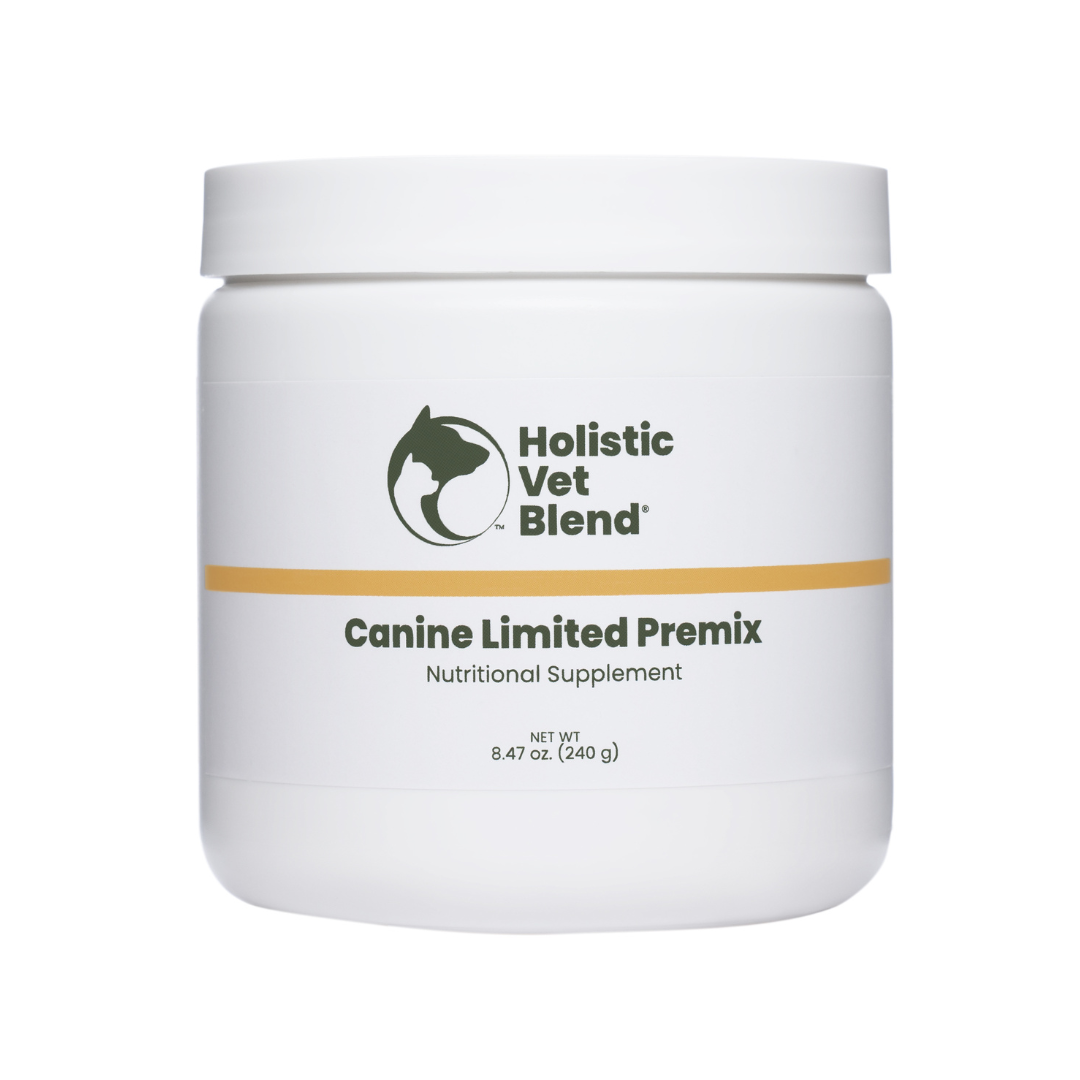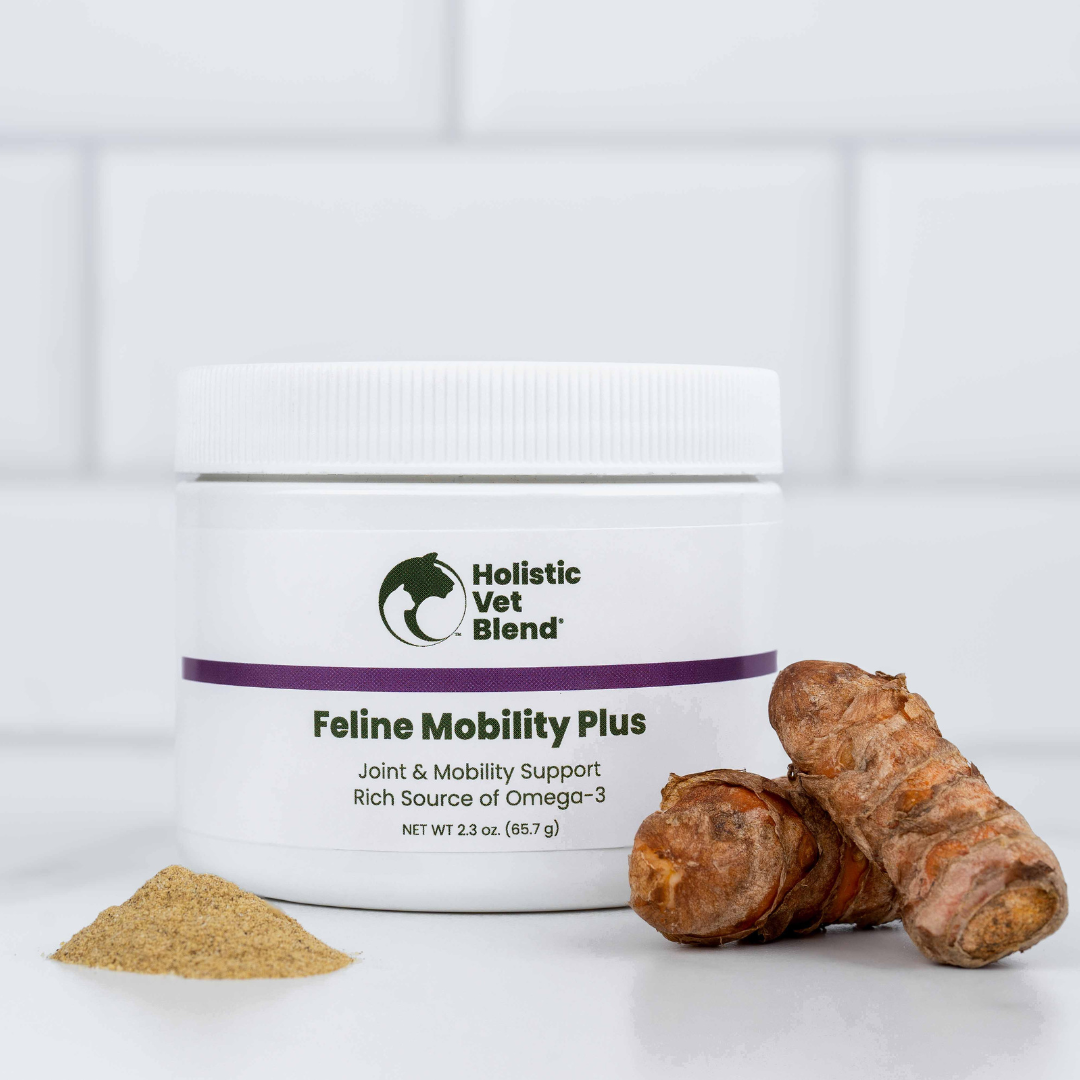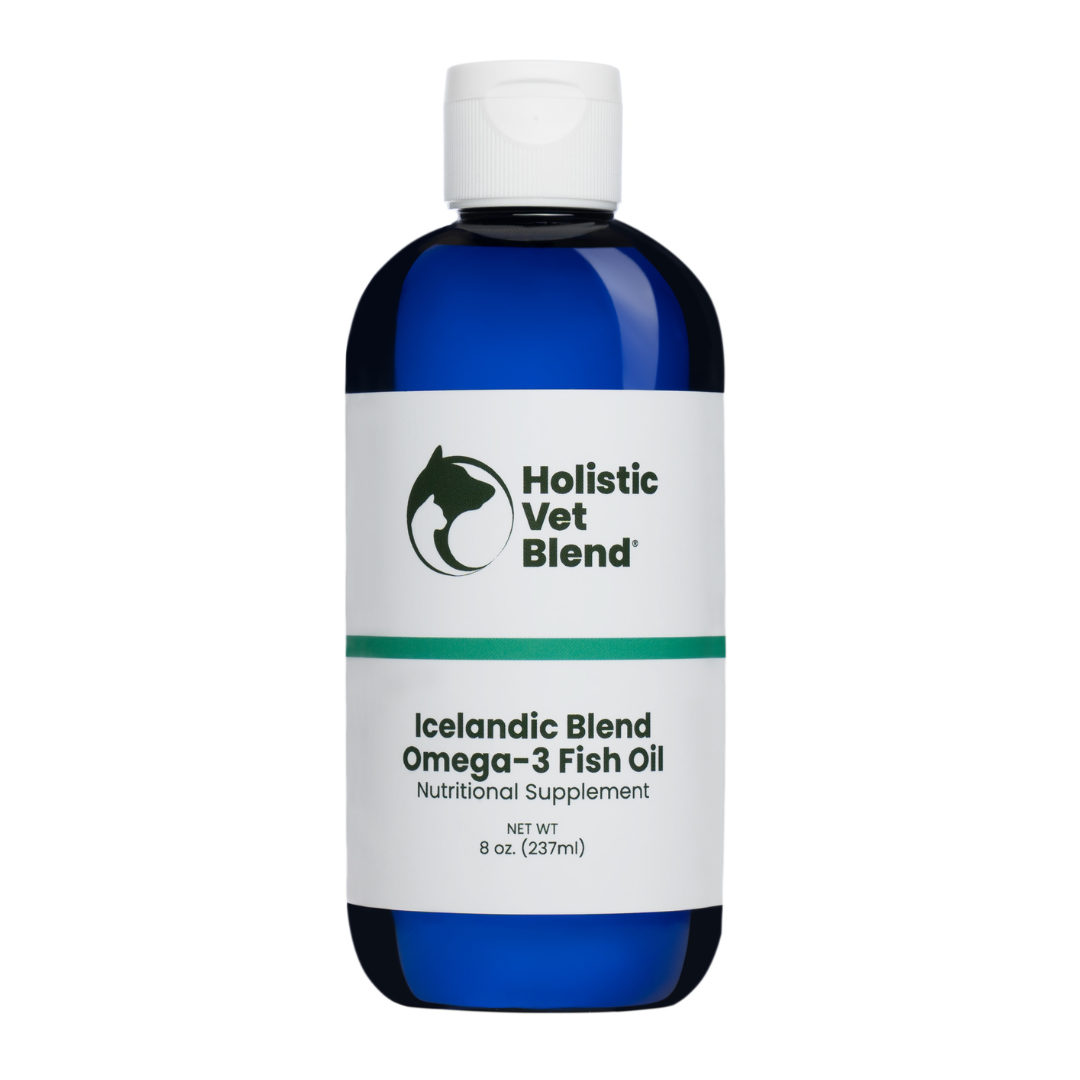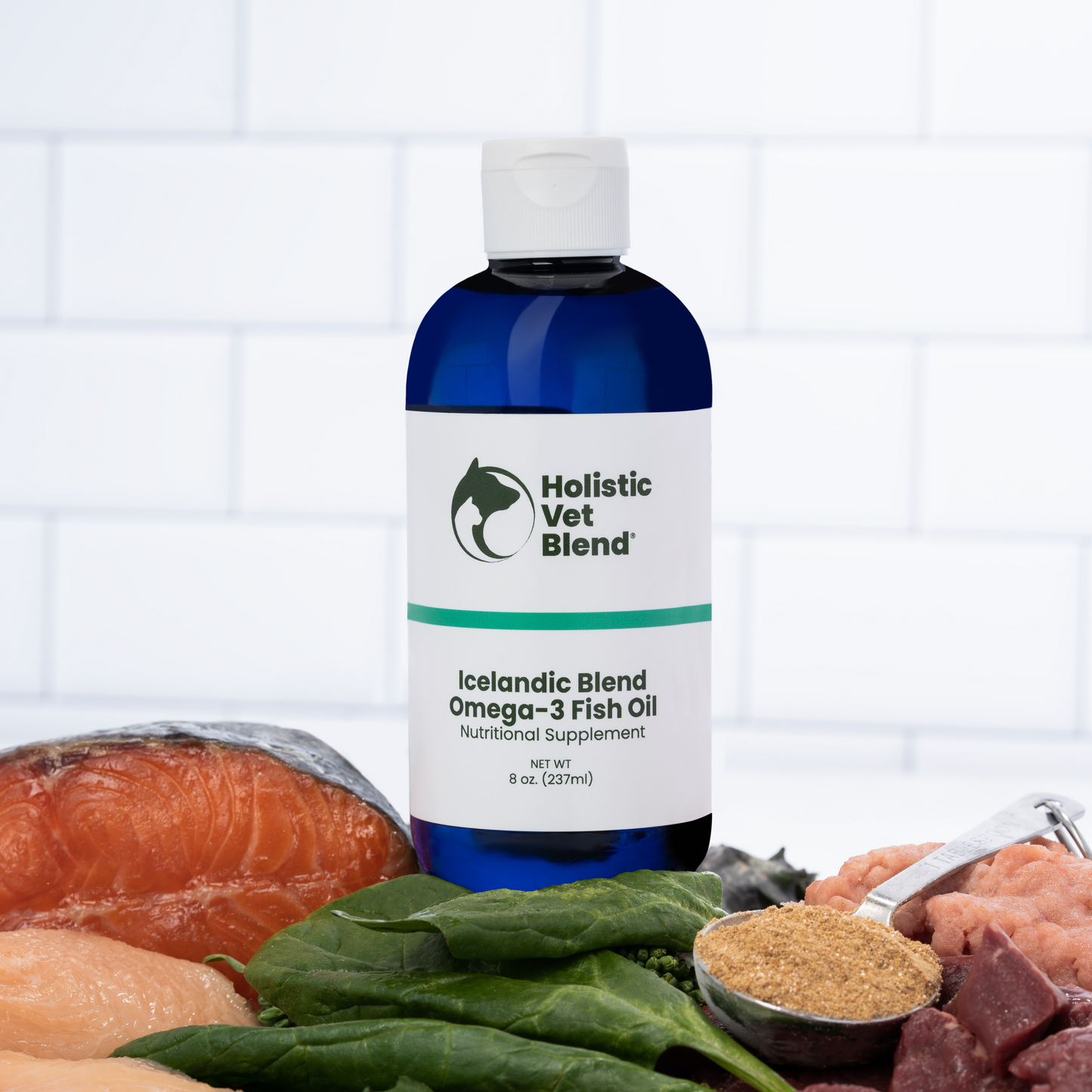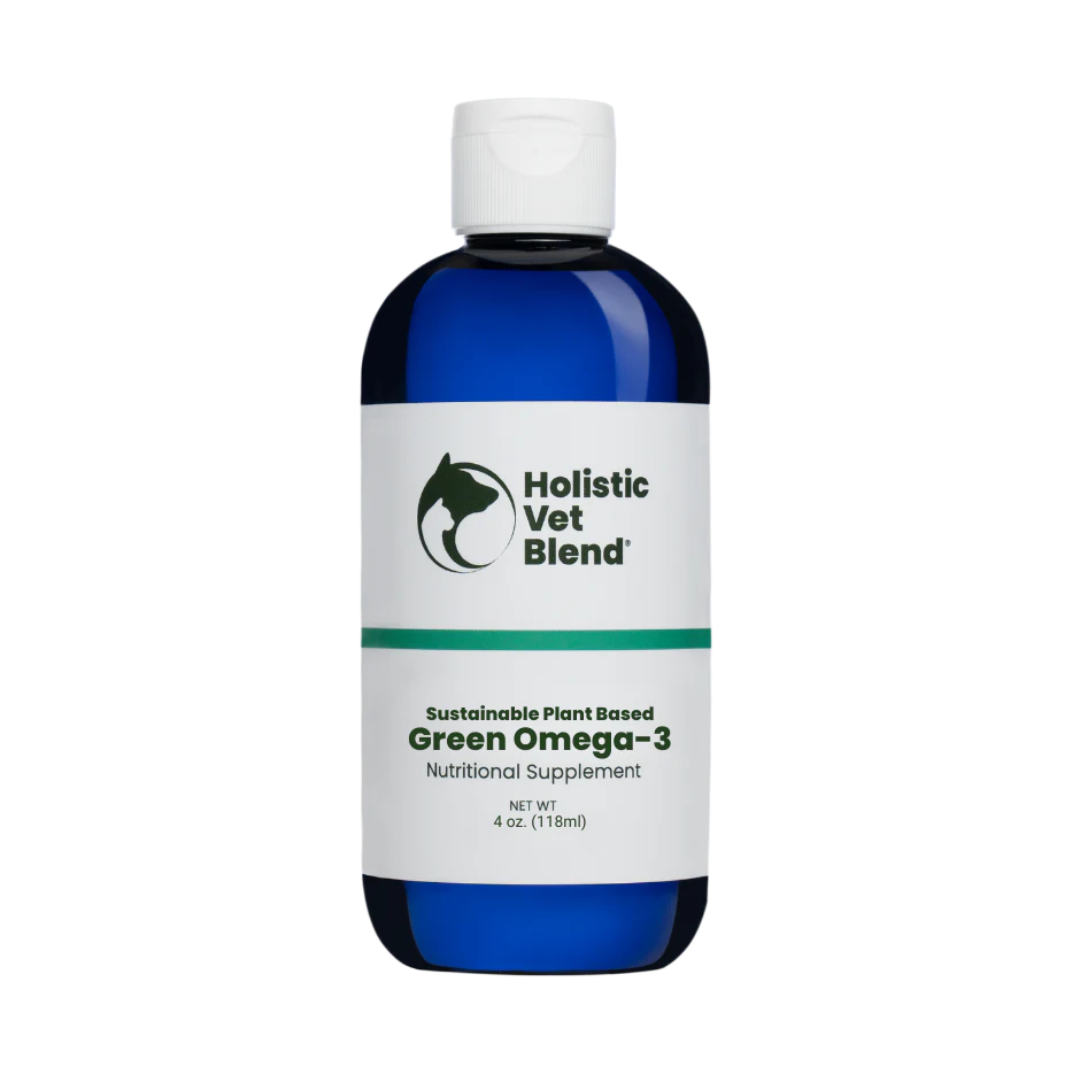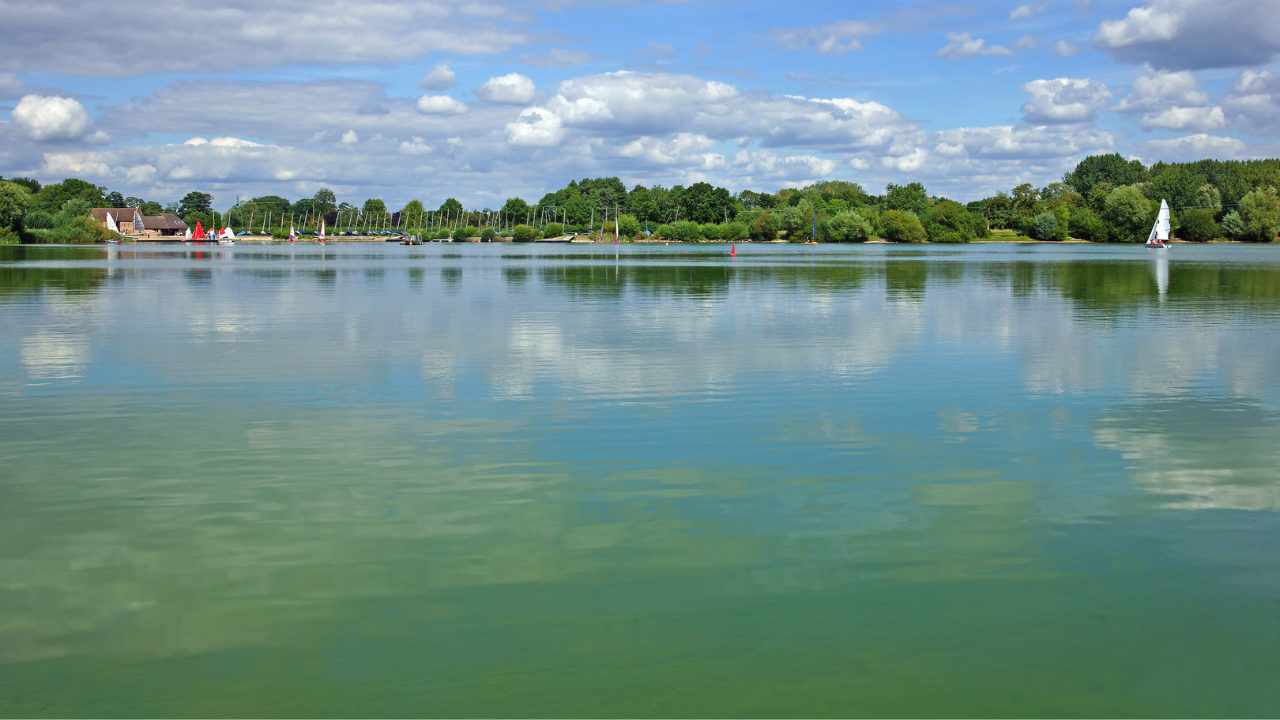
As temperatures rise, so do the risks of blue-green algae blooms in freshwater lakes and ponds. In this video, we'll delve into the symptoms of blue green algae toxicity, what to look out for, how to identify contaminated water sources, and what to do if your dog has been exposed.
What is Blue-green algae?
Blue-green algae, a type of bacteria that can grow in freshwater, standing water, is known to produce toxic substances that can harm not only aquatic life but also our canine companions. They are harmless in small amounts but can increase in number and release toxins that can cause severe illness and death.
We will review the dangers of blue-green algae for dogs, including how to identify potentially contaminated water sources, what symptoms to look out for, and what to do if you suspect your dog has been exposed to blue-green algae. So join us as we uncover everything you need to know to keep your furry friend healthy and happy during the summer months.
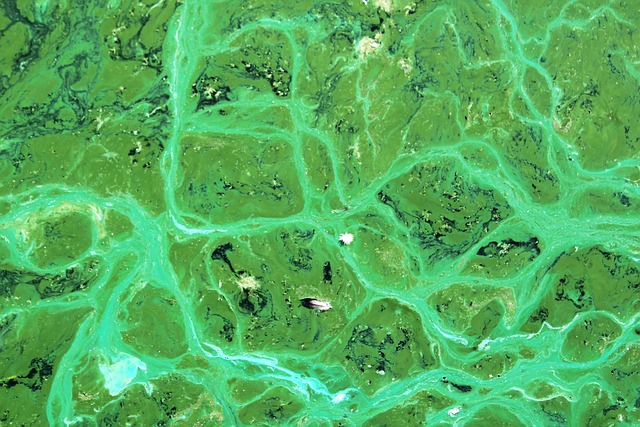
Blue-green Algae (Cyanobacteria)
Blue-green algae are present in most bodies of water. Most of the time, they are invisible to the naked eye . Summer heat and runoff from agricultural areas using nutrient-rich fertilizers can precipitate a bloom of these microscopic bacteria, which are erroneously named algae. Peak times for algal blooms are from June to July.
What Makes Some Blue-Green Algae Toxic?
Blue green algae produce powerful natural toxins that can cause death within minutes.
How can I protect my dog from blue-green algae?
There is no way to tell if an algae bloom is problematic or not. Of the thousands of varieties, 40 are known to be toxic. If you are traveling to a particular area and your dog will be swimming or having access to water you may consider calling a veterinary ER or clinic and inquiring if they have had any cases of dogs sickened by algae-contaminated water.
Pet owners must know clinical signs and what to look for to keep their dog safe. Some characteristics of a toxic alge bloom are:
- water may have a pea soup appearance or look like someone has spilled paint on it
- your dog may exit the water looking like they just swam in a Shamrock Shake
- water may look murky and have a could order but the absence of odor does not mean it is safe
- water may be blue green or red in color
What are the symptoms of blue-green algae poisoning?
- gastrointestinal signs such as vomiting, diarrhea, and lethargy, liver damage
- nausea, drooling
- nervous system signs: drunken walking, muscle tremors, seizures
- respiratory signs: difficulty breathing
- skin irritation: more common in humans to feel itchy and have irritated skin
Diagnosis and Treatment for Dogs That Have Been Exposed to Blue-Green Algae
Signs depend on the type of toxin produced by the many strains of bacteria. The most dangerous ones can cause neurological signs within 5 minutes of exposure resulting in respiratory failure.
Why is blue-green algae dangerous to dogs? What about cats?
Dogs seem to be more susceptible than other species. Cats are reportedly not affected as they are naturally averse to water and are not likely to be exposed.
What types of animals are affected by cyanobacteria?
Illness from toxic algae blooms has been documented in livestock, wildlife, fish, and other aquatic animals.
According to the CDC in 2019 there were 63 human cases of illness with no deaths, and 367 animal cases with 56% animals deaths reported.
How can I protect my dog from blue-green algae?
Bring your own water when you are traveling in the summer, and encourage your dog to drink it. Do not allow them to swim or wade in the water if you are uncertain about its safety. Many places will post signs, but you can't always count on that.
Is blue-green algae a health risk to humans?
Yes, it can sicken those who swim in the water and are exposed to toxic fumes. Children and dogs are most susceptible.
What to Do If You Suspect Blue-Green Algae Poisoning
Rinse your dog and yourself with plenty of fresh, clean water. Contact your veterinarian or closest emergency room immediately to inquire if there has been a history of blue green algae blooms and next step to take, as exposure can be rapidly fatal (within 15 minutes). Illness may not be apparent until days later.
What treatment is my dog likely to receive for blue-green algae poisoning?
Veterinary care includes anti seizure drugs that can and block the toxins' action on the body, and to support the affected organ systems' function. In severe cases, there may not be time to wash the toxins off.
Are there home remedies To Help With Blue Green Algae Poisoning?
No. Unfortunately, if there are neurotoxins made by the bloom, dogs that are exposed have a guarded to poor prognosis of surviving.
What should you do if your dog has no symptoms but you think he might have drunk some water with blue green algae?
Contact a local emergency room or veterinary clinic and inquire if there have been any cases reported and if you should bring your pet for treatment. Monitor your pet closely.
Are blue green algae blooms increasing?
According to the Environmental Protection Agency (EPA), harmful algal blooms have been on the rise for decades across the United States, with more than 20 states reporting incidents of blue-green algae poisoning in dogs and other animals. The agency also reports that blue-green algae blooms are becoming more frequent, larger, and more widespread due to factors such as climate change and nutrient runoff from agricultural and urban areas.
Conclusion
It's easy to underestimate the risks of blue-green algae when spending time outdoors with your dog, but the consequences of exposure can be devastating. By taking a proactive approach, educating yourself on the signs of toxicity, and seeking veterinary care at the first sign of illness, you can help protect your furry friend from the dangers of this lethal toxin.



